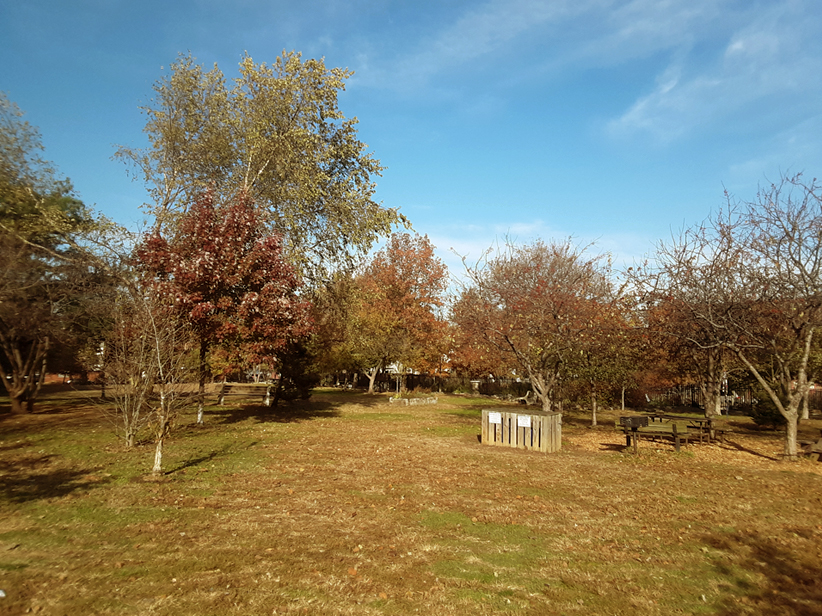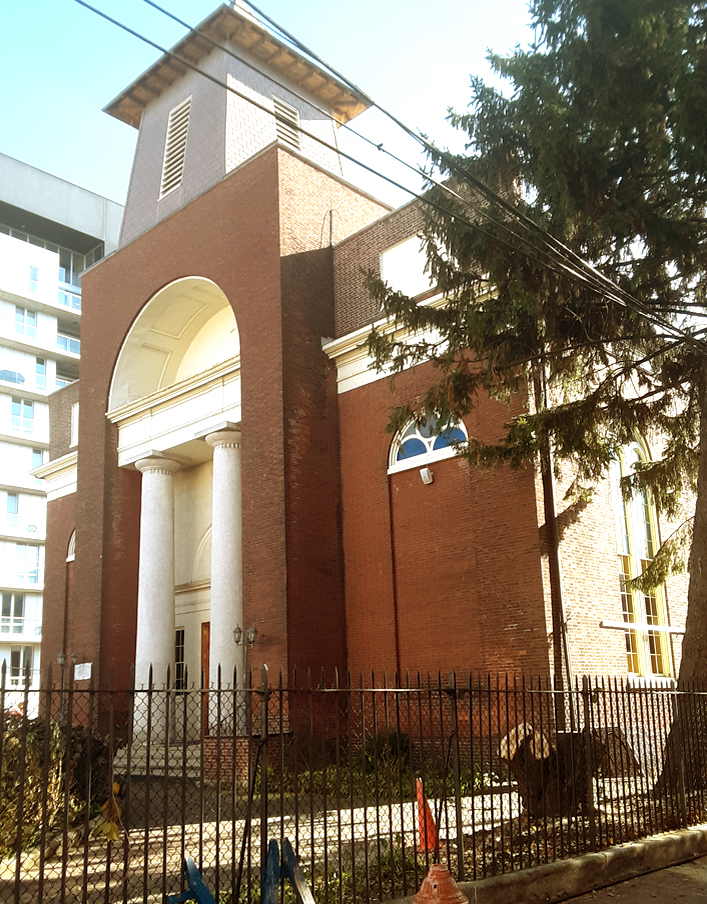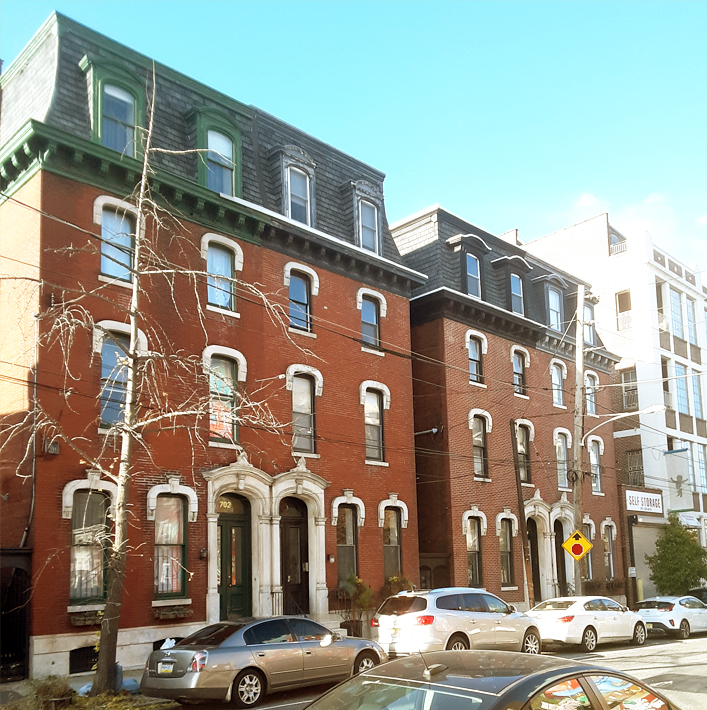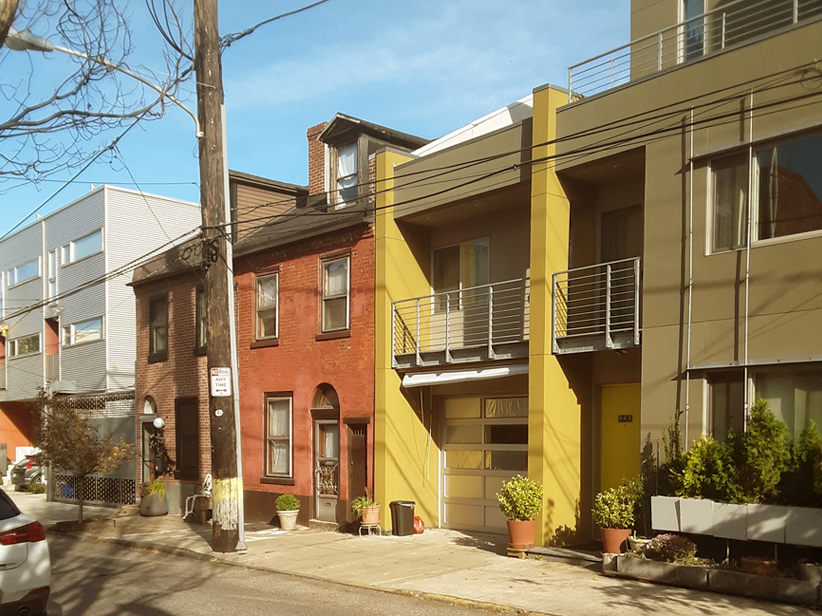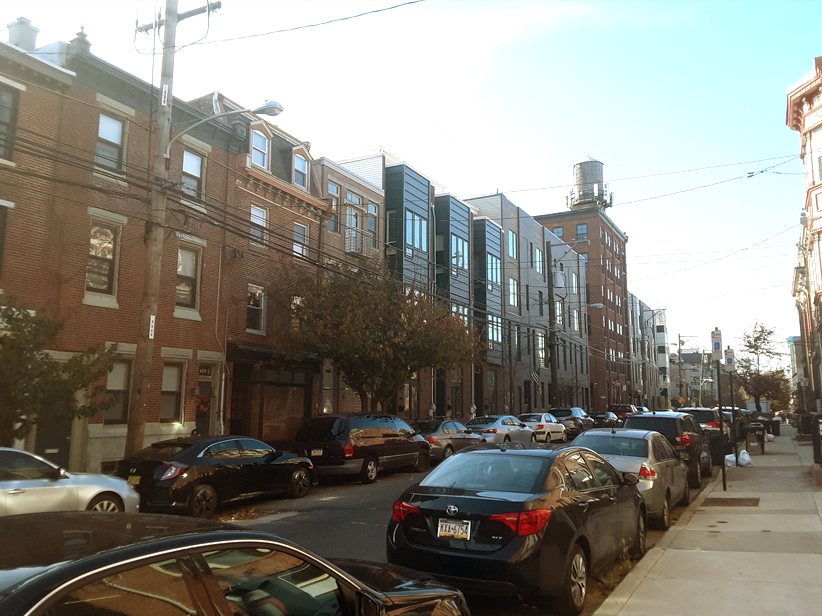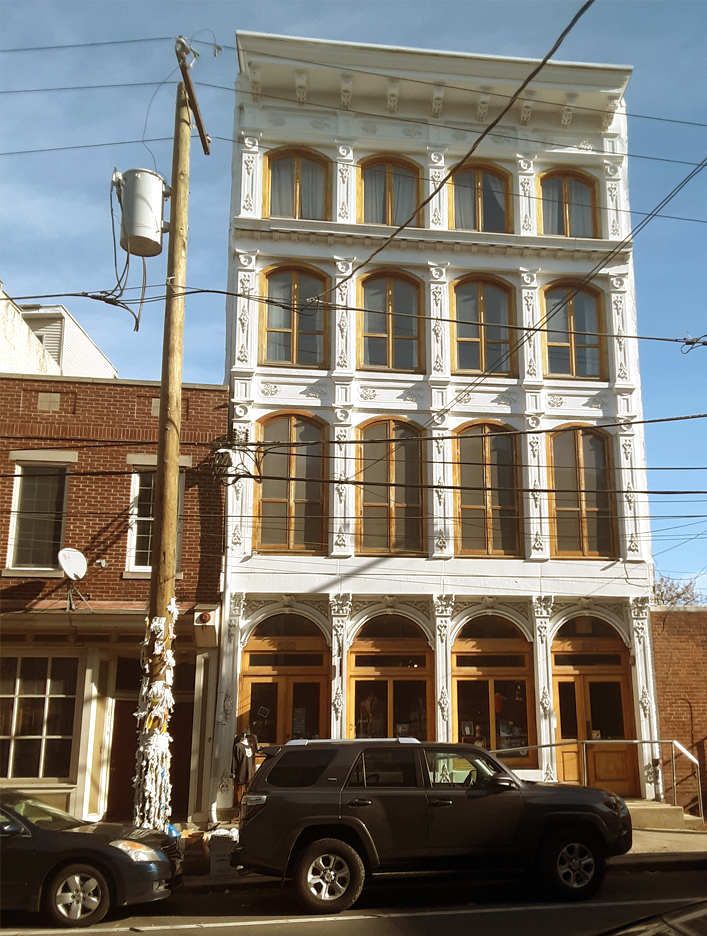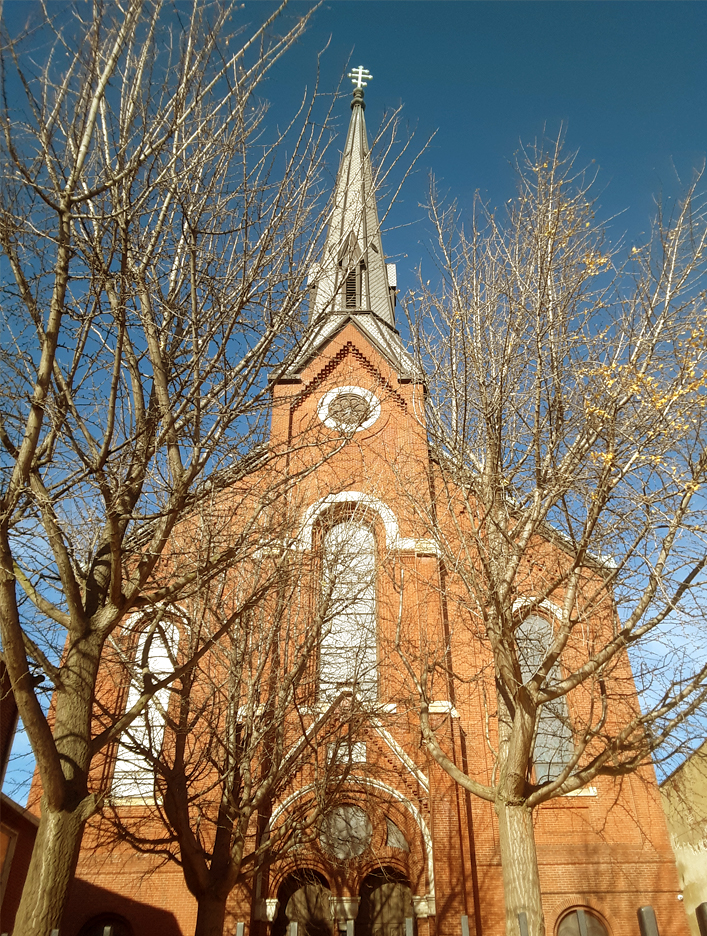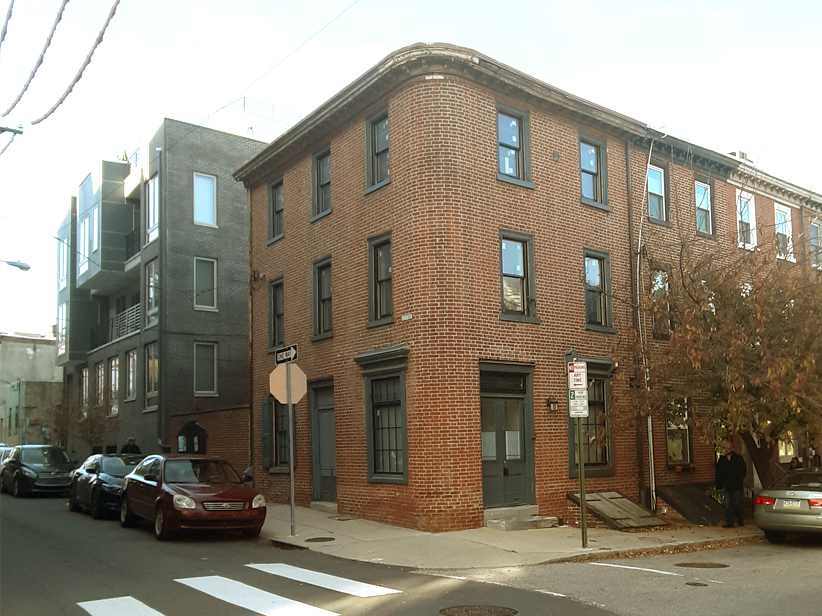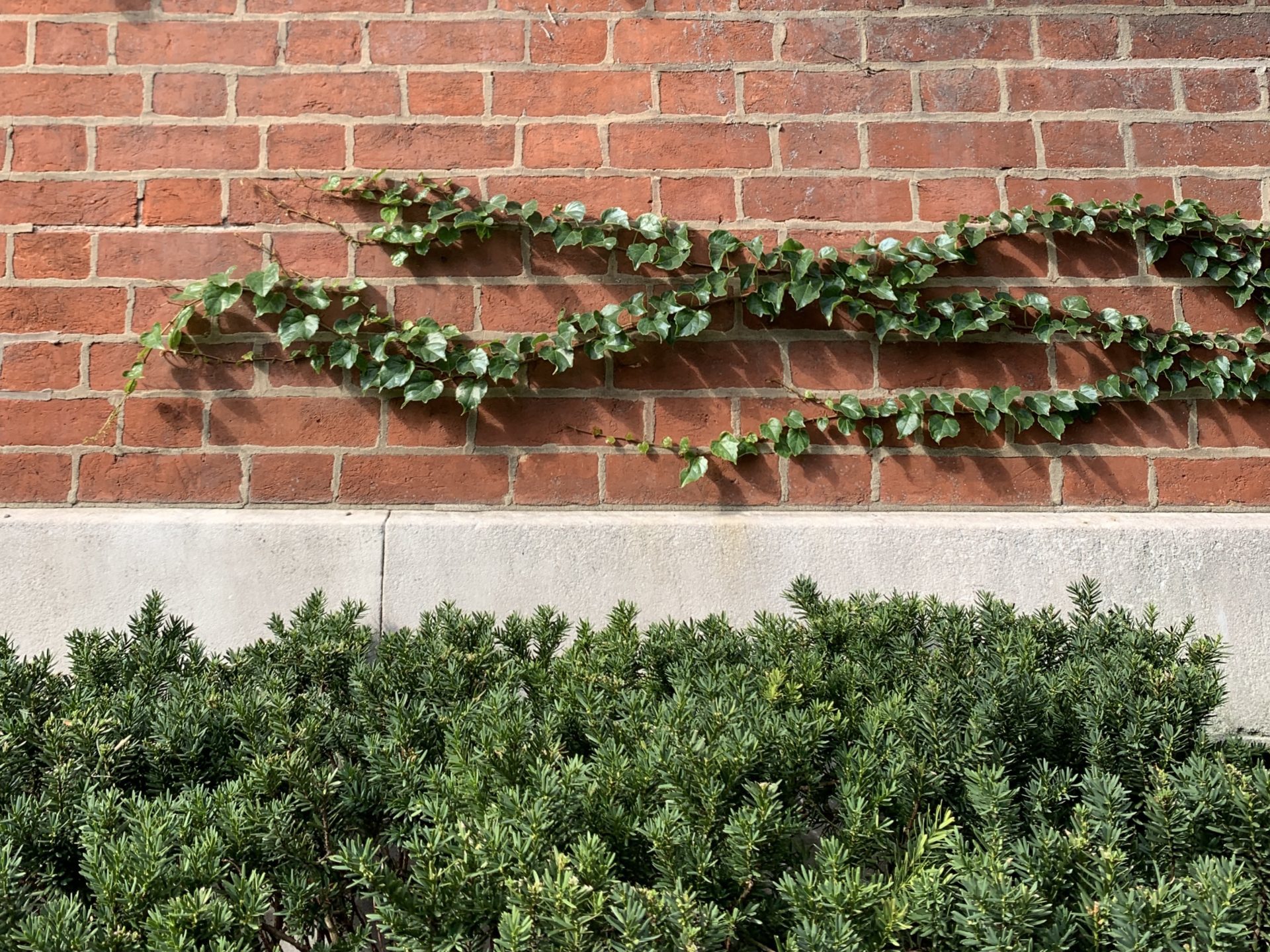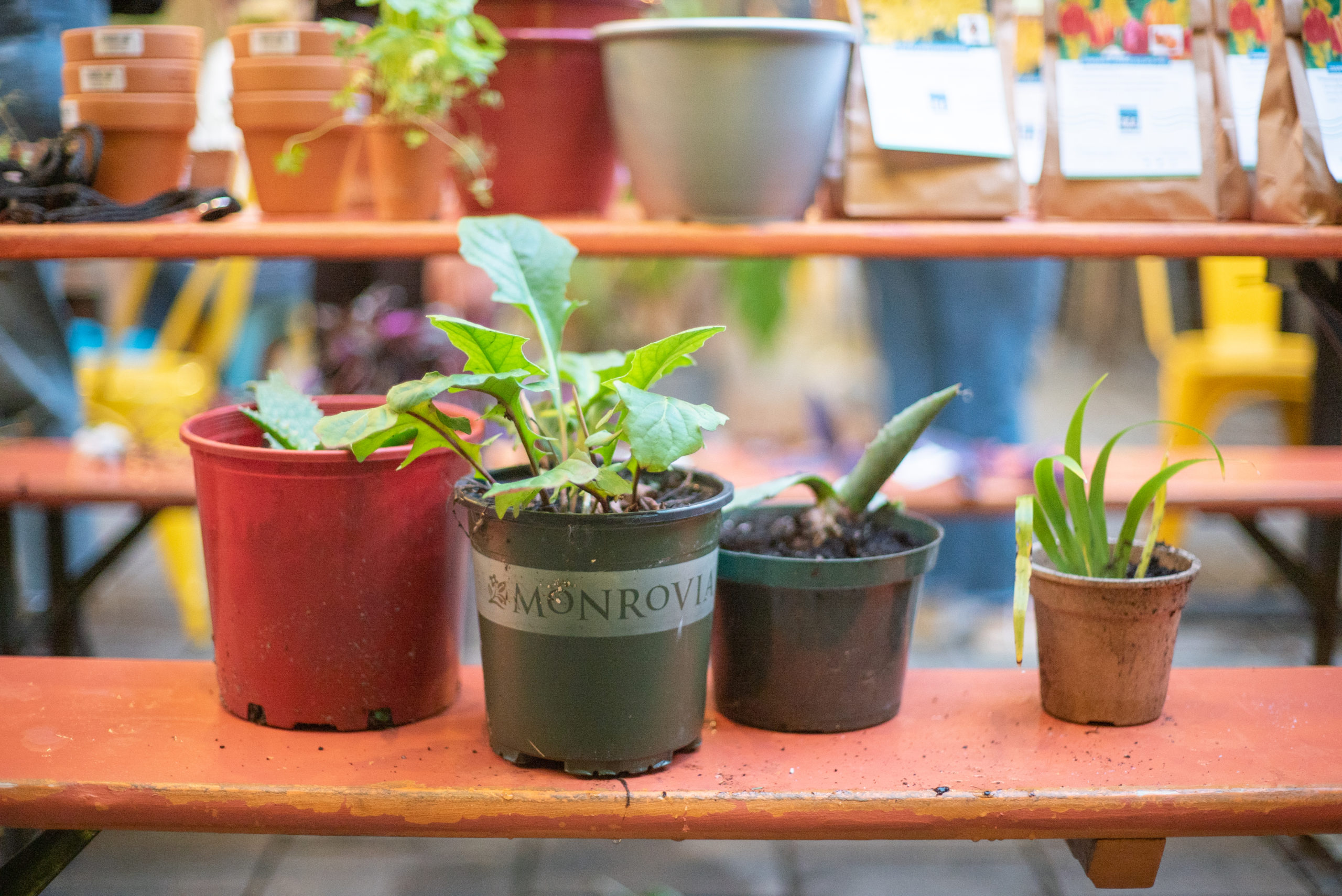General
Neighborhood Histories: Northern Liberties
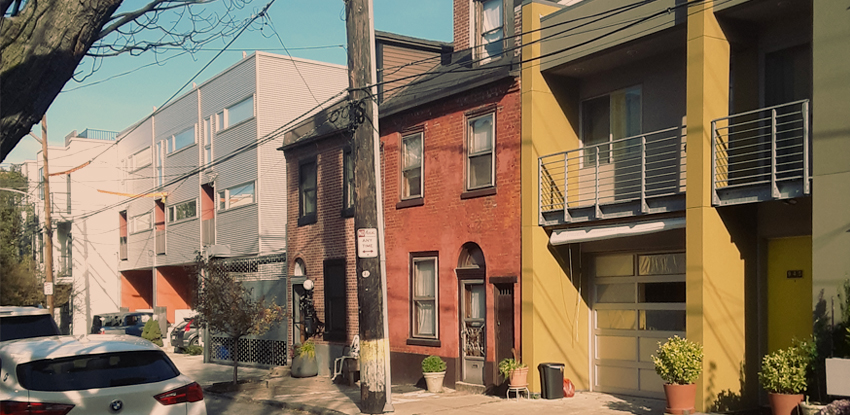
The Northern Liberties neighborhood of Philadelphia was created by William Penn himself, only it wasn’t originally part of the city. The earlier Northern Liberties Township came from large tracts of rural land available in the area in the late 1600s. The “liberty lands” were allotted to settlers based on the size of their land purchase. Created as a less dense alternative to Center City, Northern Liberties was deemed “Philadelphia’s first suburb”. The neighborhood was officially annexed into Philadelphia in 1854.
The aptly named Liberty Lands park is a point of pride for the neighborhood.
Given its situation just outside the city’s core, it makes sense that Northern Liberties has a rich manufacturing history. Industry of all sorts flocked to the spacious tracts in the late 1800s and early 1900s. The types of factories included mills, breweries, tanneries, chemical and paint works, tool manufacture, and iron and stove foundries.
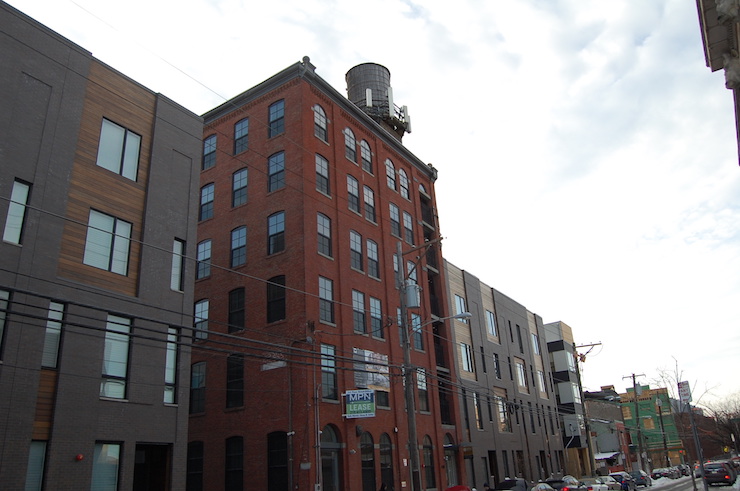
The 19th century settlers of the neighborhood were mostly German artisans. Later, the early 20th century brought an influx of Eastern European immigrants, namely Slovakian and Romanian. These populations are still present today in their respective churches, St. Agnes Slovak Roman Catholic Church at 4th & Brown Streets and the Holy Trinity Romanian Orthodox Church at American & Brown Streets, both of which remain active (although under a different name in the latter’s case).
The Holy Trinity Romanian Orthodox Church (now St. John’s Church) at American & Brown Streets (above) and St. Agnes Slovak Roman Catholic Church at 4th & Brown Streets (below).
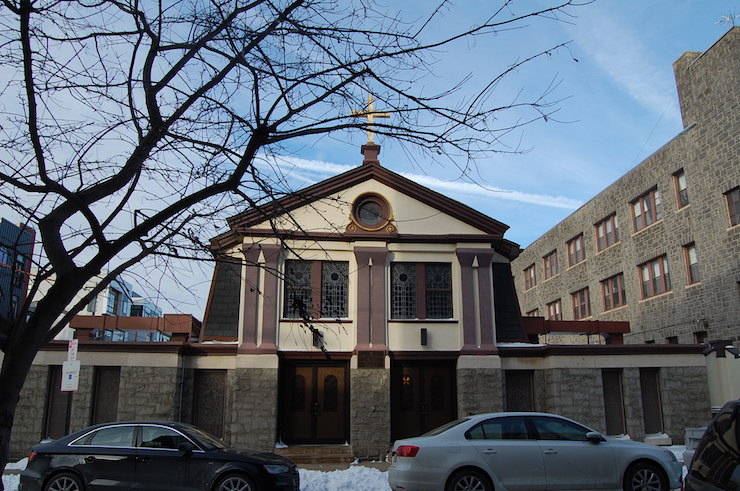
Nestled amongst the former factories and other industrial buildings, Northern Liberties also portrays some significant historic architectural styles, with many blocks of rowhomes still intact. The architectures that dominate the area are Italianate, Greek Revival, and Federal. The abundance of these blocks is at least partially due to the creation of the Northern Liberties Historic District in 1985 and the fact that many buildings have made it onto the National Register of Historic Places.
Some gorgeous twins on 5th Street with mansard roofs (above), and some rare Federal style rowhomes on Fairmount Ave (below).
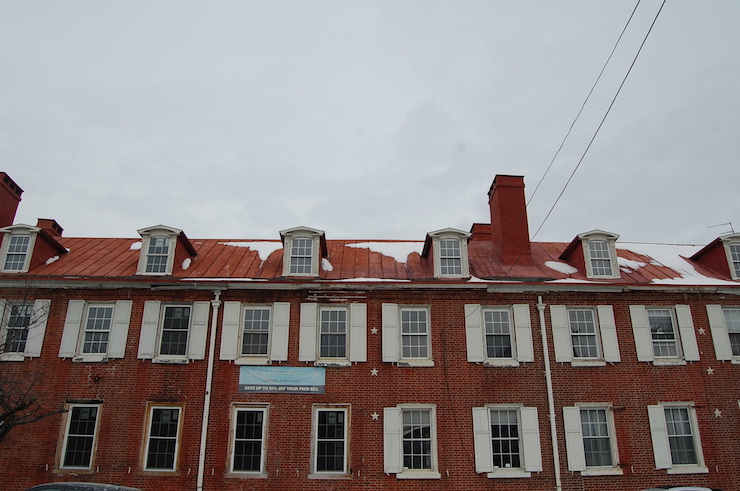
It is for this reason that Northern Liberties has maintained its historic charm and character even while undergoing some drastic changes. In the past few decades the neighborhood has experienced significant development and an influx of new residents such as young professionals, students, and artists. Given the proximity to Center City – you can be downtown in under ten minutes by subway, bus, or car – the attractiveness of the neighborhood to people of all occupations makes sense. In Northern Liberties you can experience all the convenience of living close to downtown, while also having a close knit neighborhood feel, more space, and lower housing costs compared to Center City neighborhoods such as Rittenhouse Square, Fitler Square, and Society Hill.
As a result of the large swaths of land left open by de-industrialization in the mid- to late-1900s, redevelopment of the neighborhood was able to happen with exceptional vigor. While Northern Liberties does have plenty of historic rowhome architecture, the collection of styles has always been more eclectic than, say, the uniform rows of homes in South Philadelphia neighborhoods. Since the landscape was already quirky and diverse, the new construction, often hulking in some areas, meshes better here.
The eclectic nature of Northern Liberties architectural styles (above and below).
Today Northern Liberties has an exciting array of housing types, with the grand, old three story rowhomes still intact amongst new construction condos and townhomes. There is also a bustling commercial corridor to be found along 2nd Street where new restaurants, coffee shops, and stores are popping up everyday. The neighborhood still maintains its distinctive character and intimate feel, despite its booming growth and inflow of new residents.






